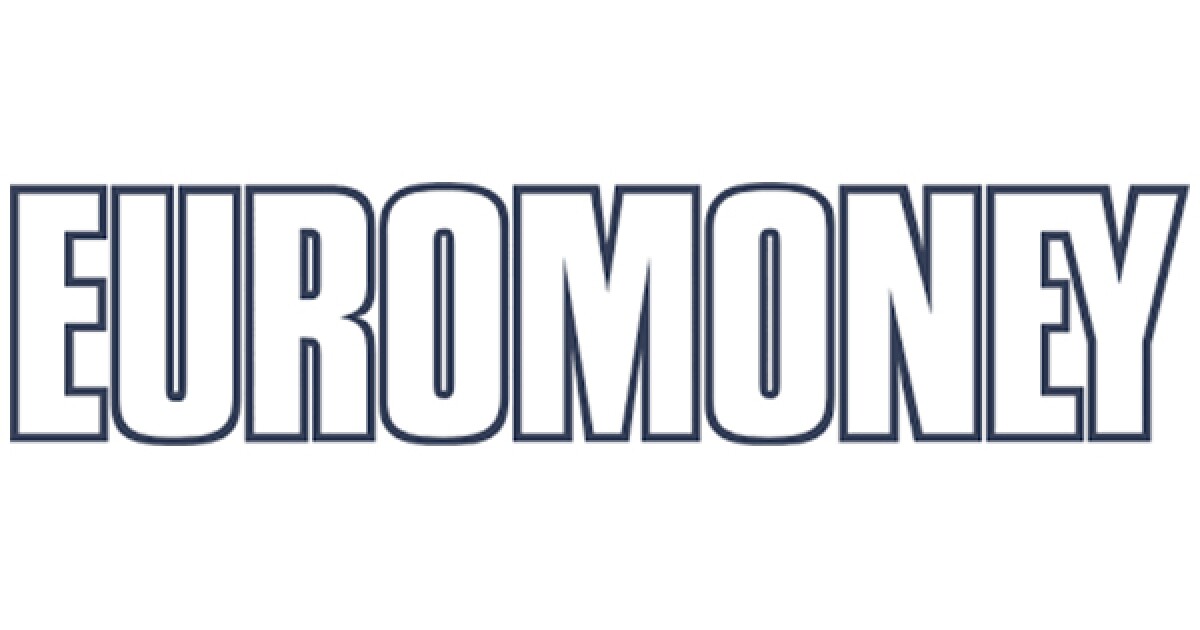Net zero forces voluntary carbon market to grow up fast
“It’s a new sector,” says Henrik Hasselknippe, Xpansiv Head of Markets. “There are a number of participants coming in with solutions to problems that are not always there.”
Part of global exchange platform CBL, Xpansiv covers 41% of the voluntary carbon market. Last year, 122 million tonnes of carbon were traded through its exchange and registry infrastructure. Hasselknippe argues that bilateral trading between counterparties will sometimes be the easiest way to execute a transaction. But what any exchange can do is remove the counterparty risk.
Users of the platform can submit bilateral trades to Xpansiv for clearing and settlement. This process is simplified by the use of standardized contracts, which act as a label to guarantee that each credit will meet a certain set of quality-related criteria.
Exchange platforms understand how fast the market is changing. Operators have been forced to focus on delivering as much granular data as possible. Each carbon credit project ID number will be linked to publicly available registry data according to variables including vintage, location, methodology and monitoring.
“It is mind boggling, this is more information than any commodity trader would likely have on most other commodities they trade,” says Hasselknippe. “Anyone who is an experienced commodity trader will understand how that operates.”









